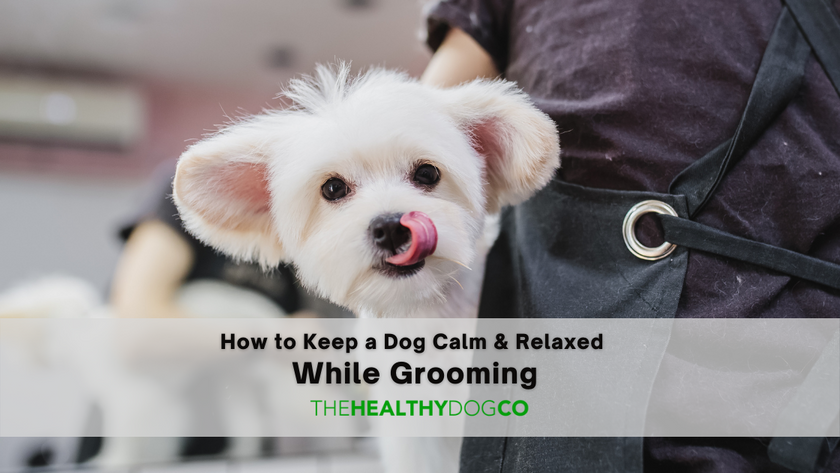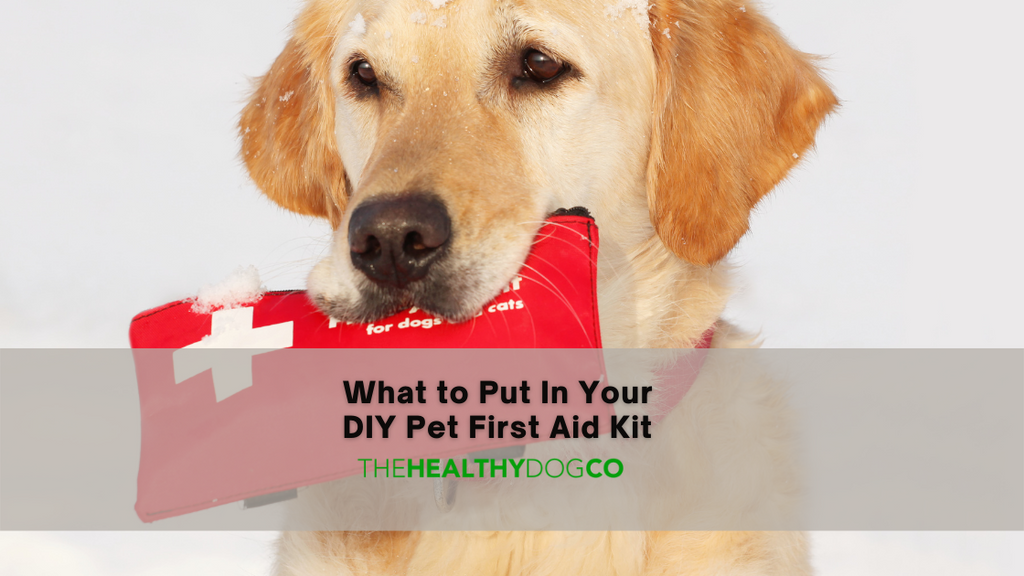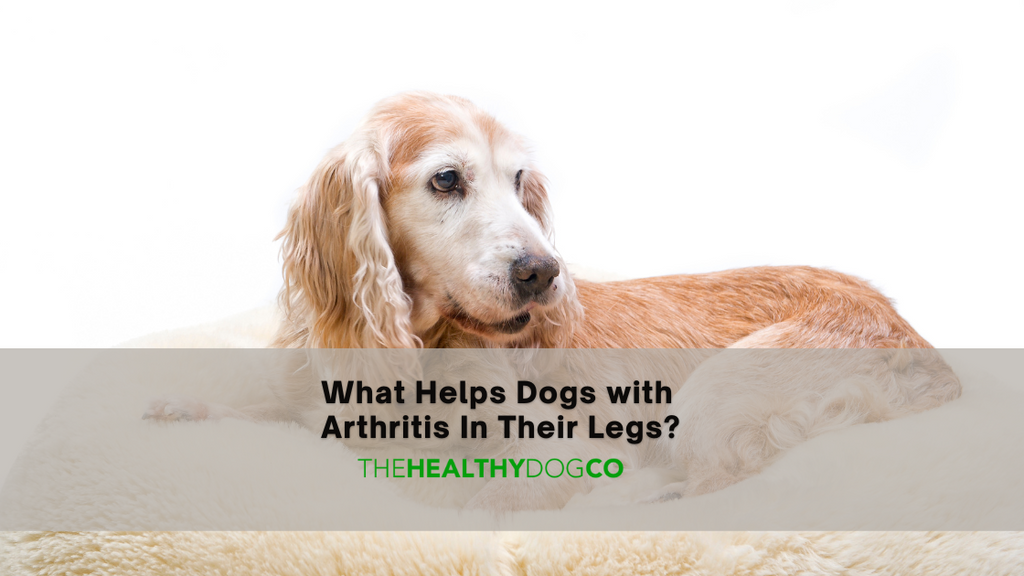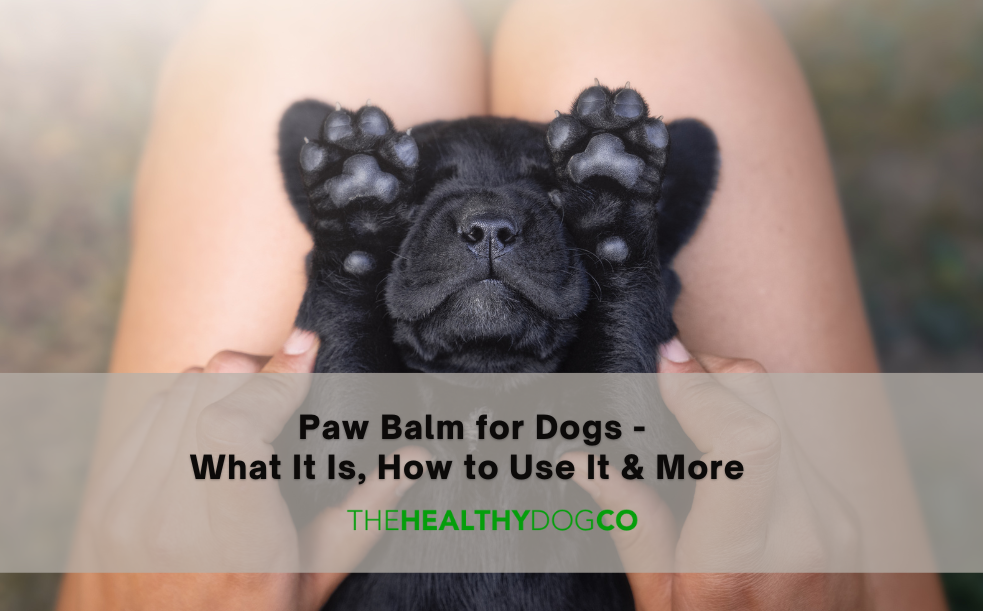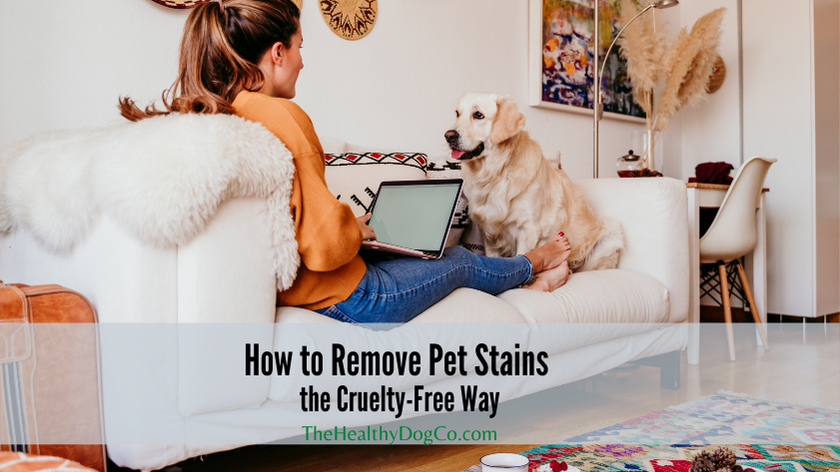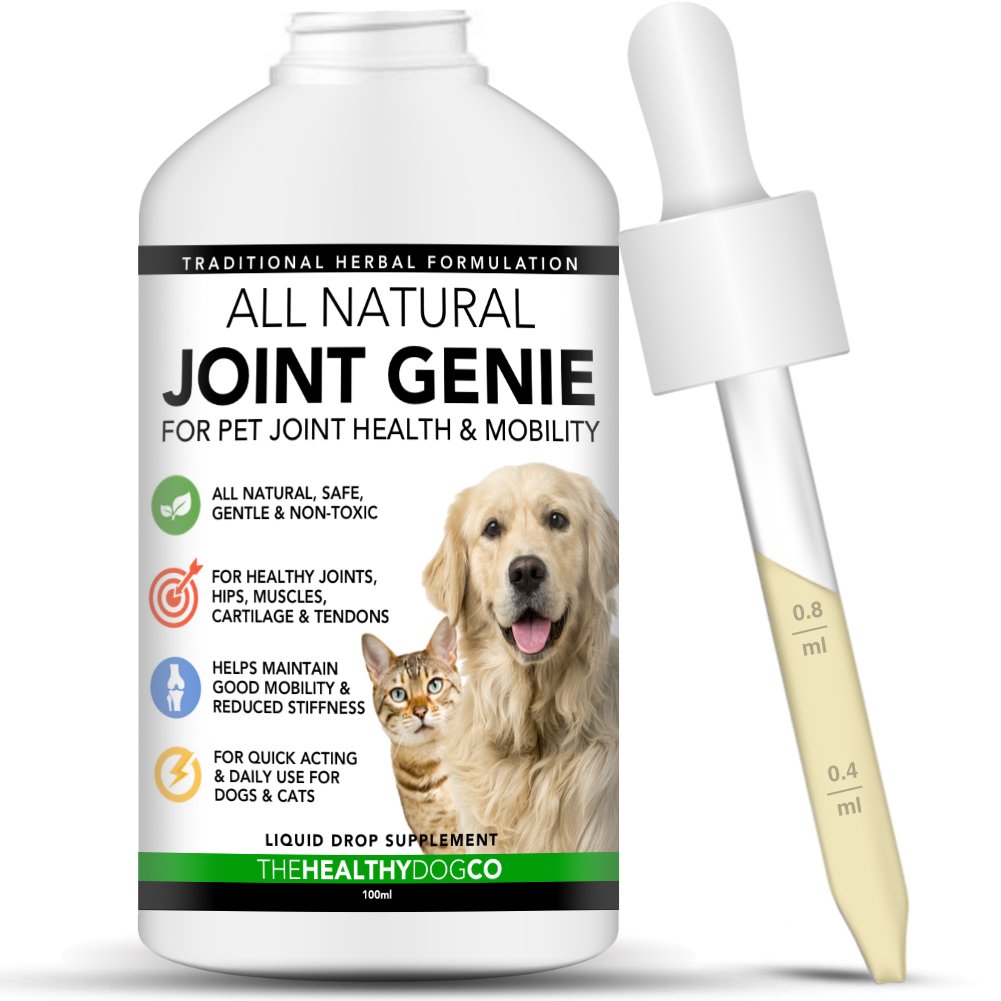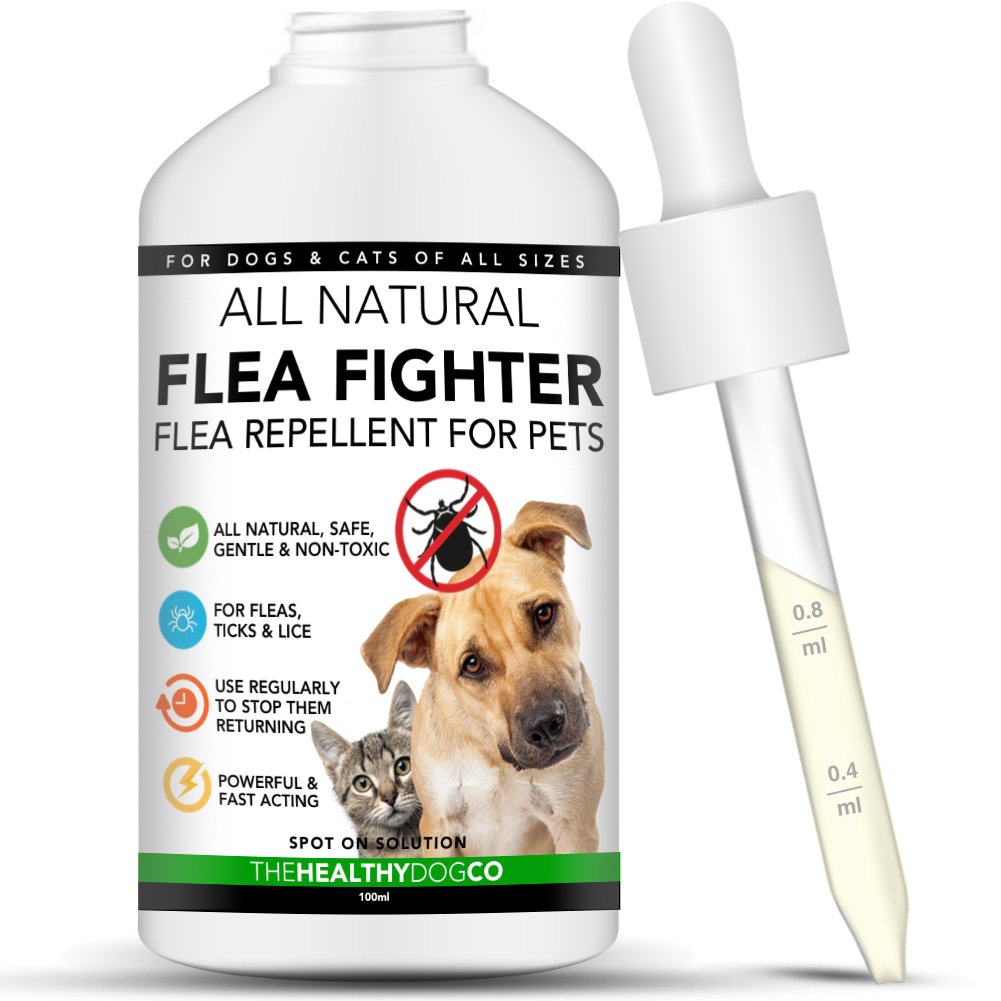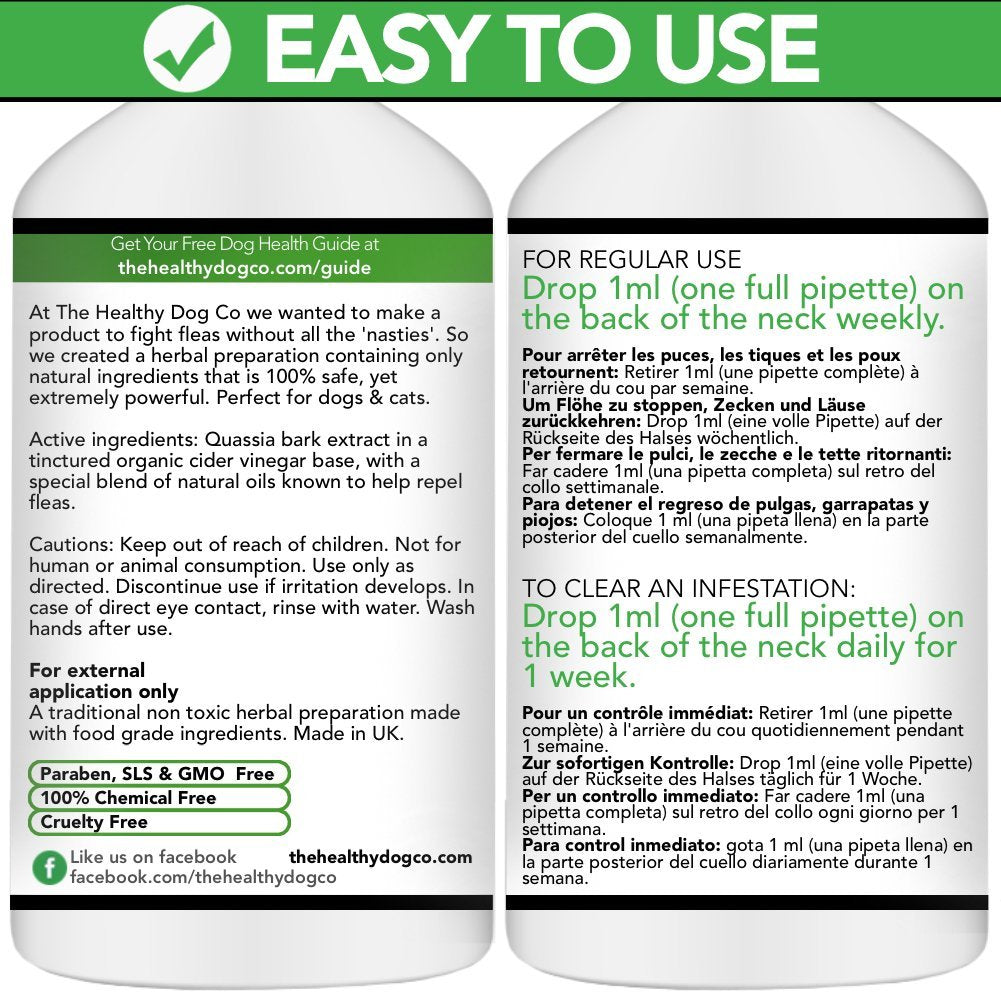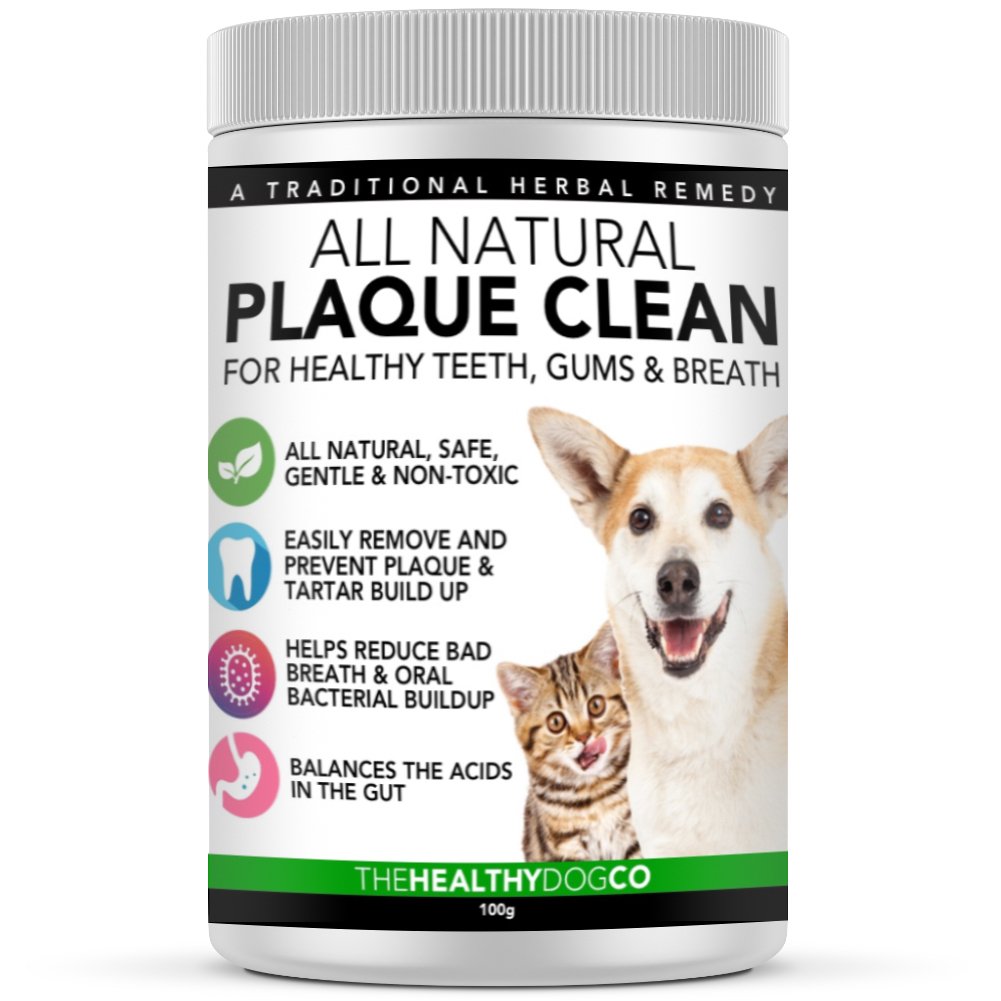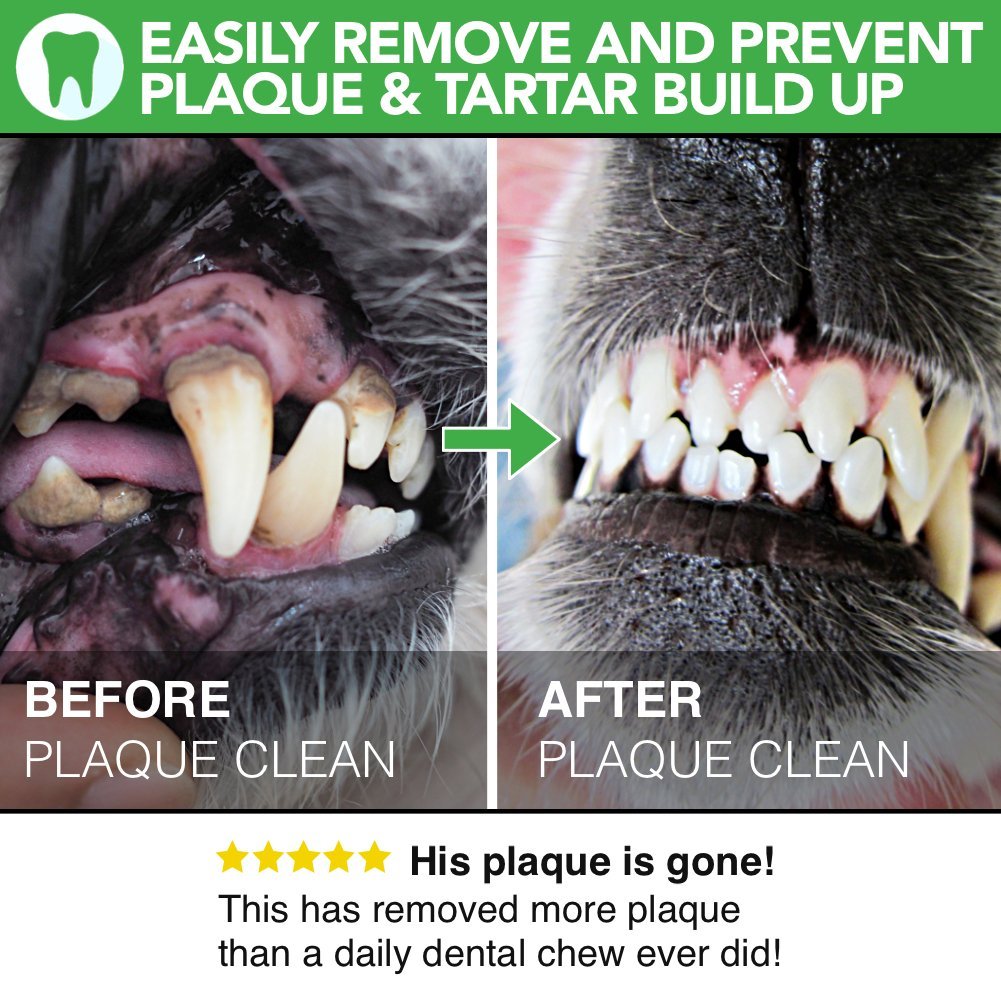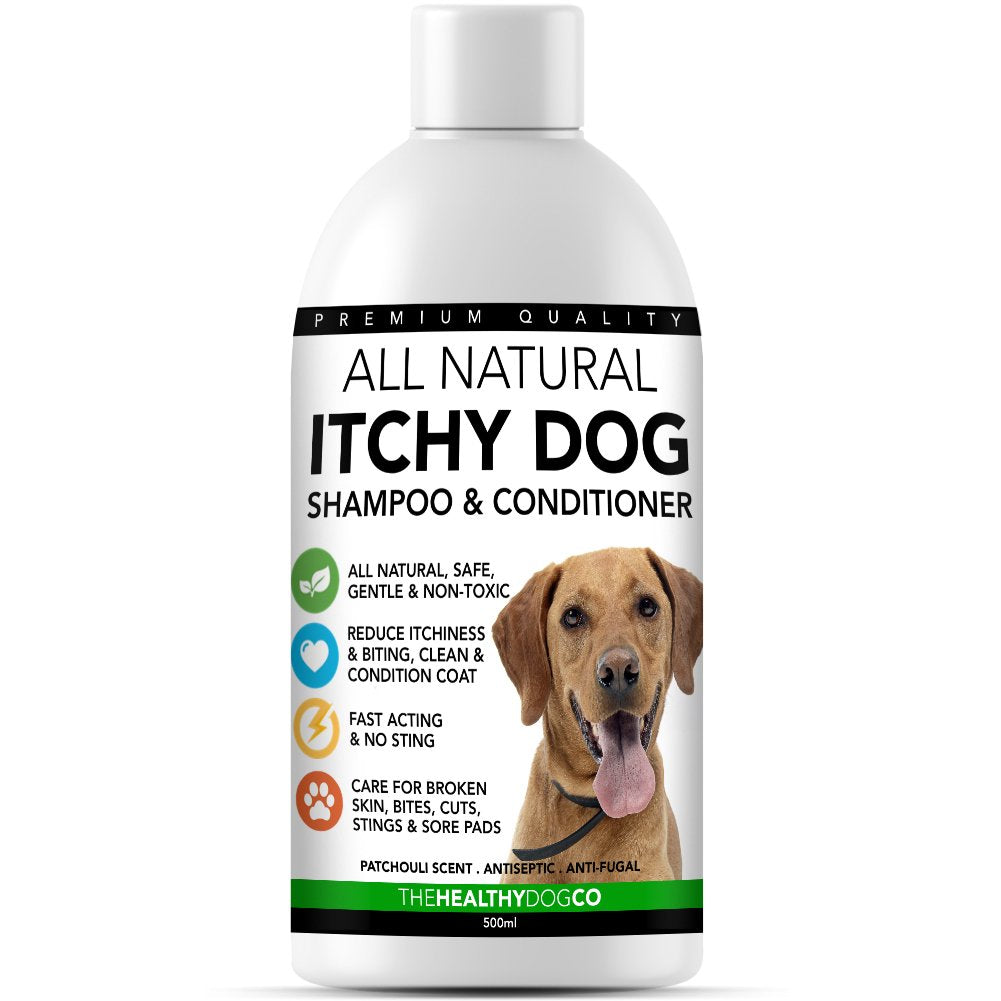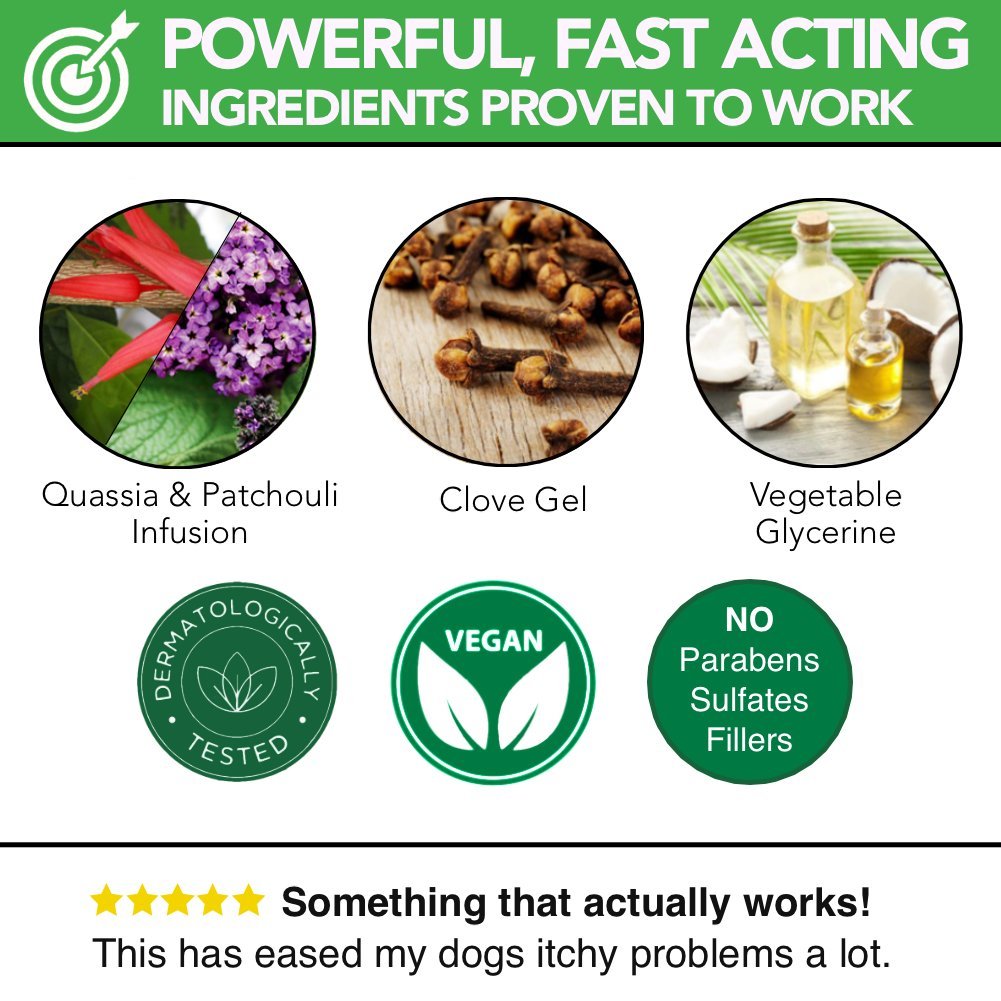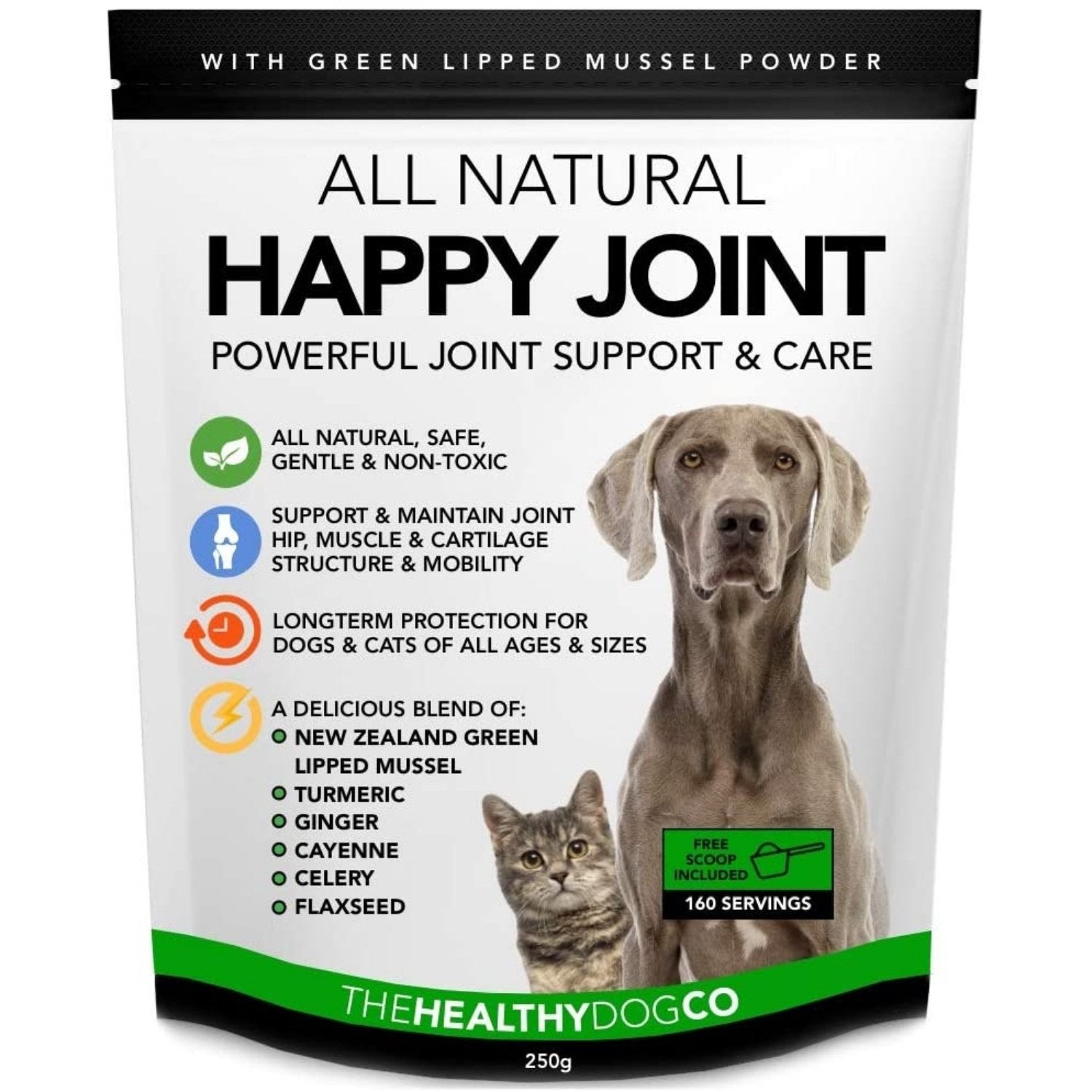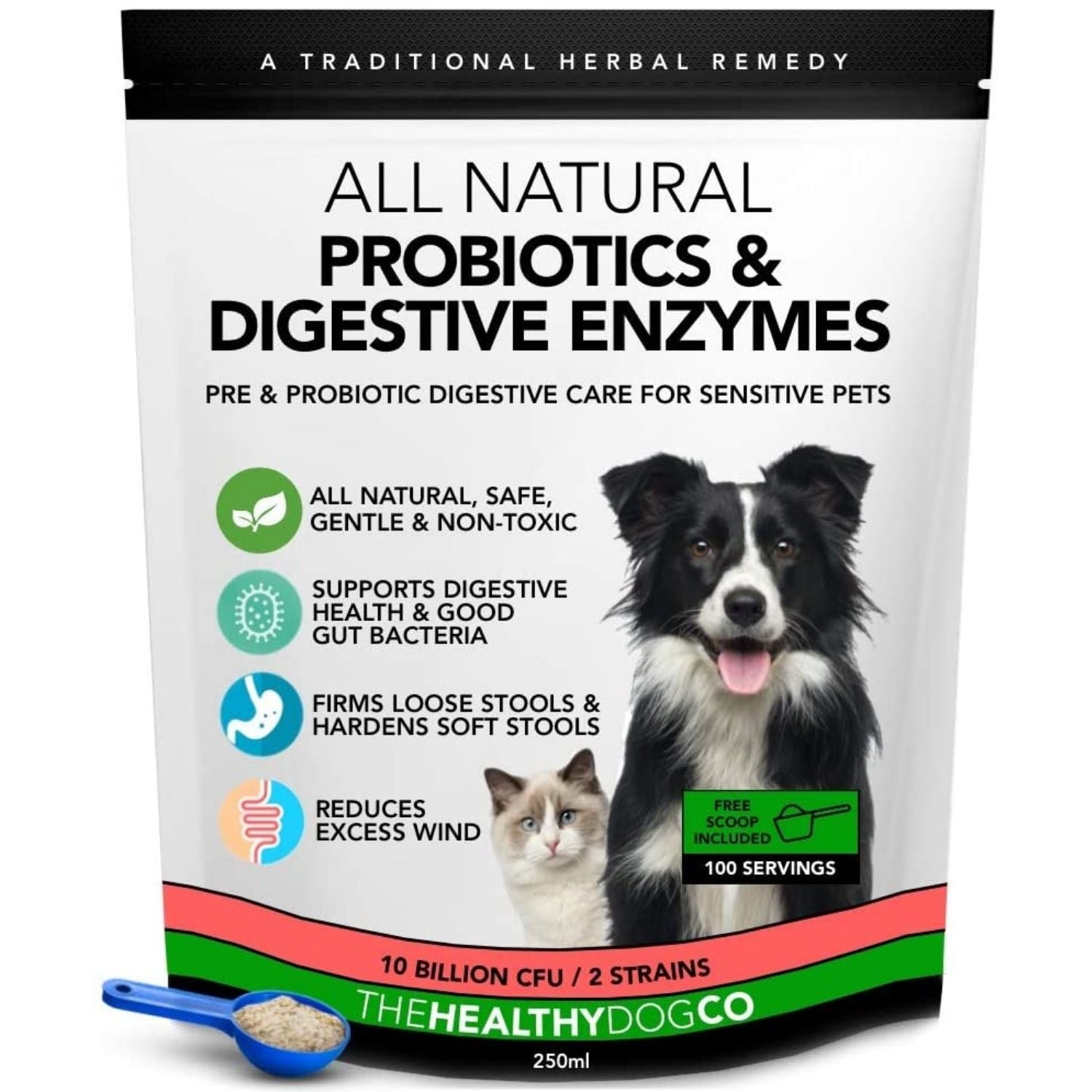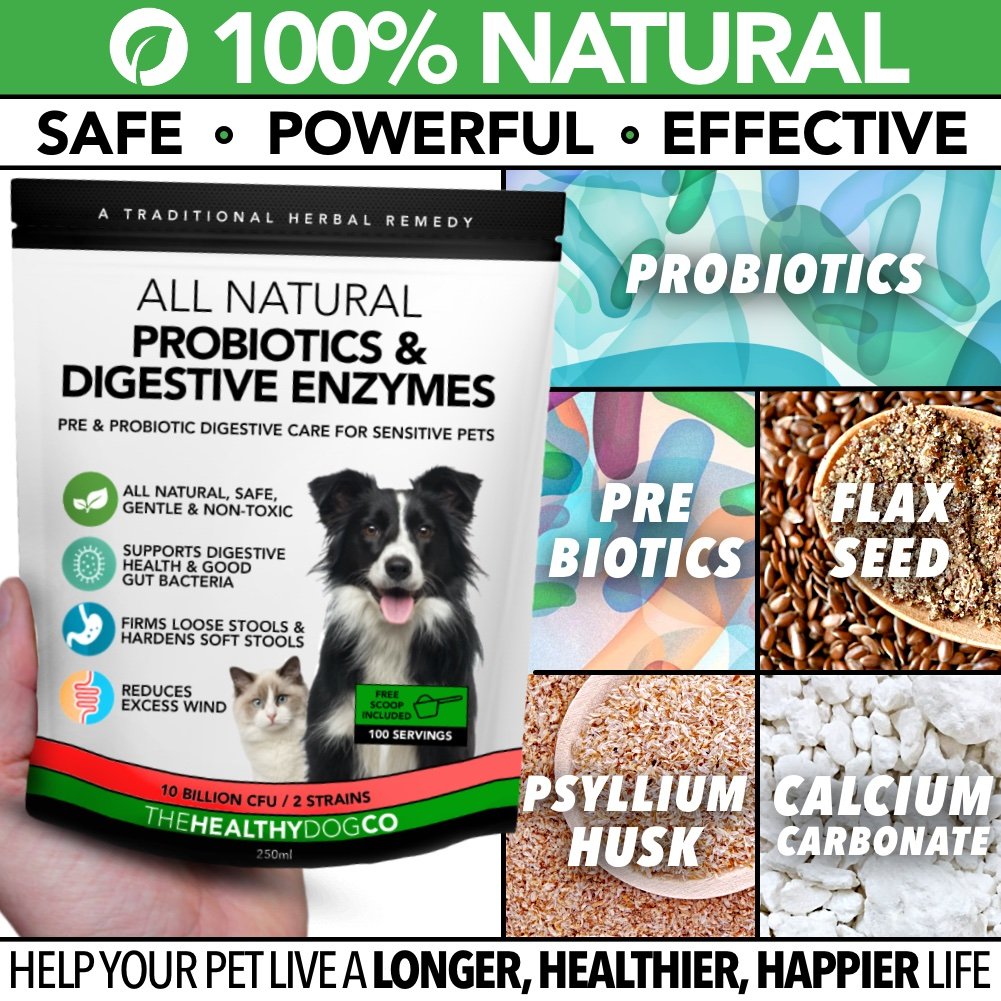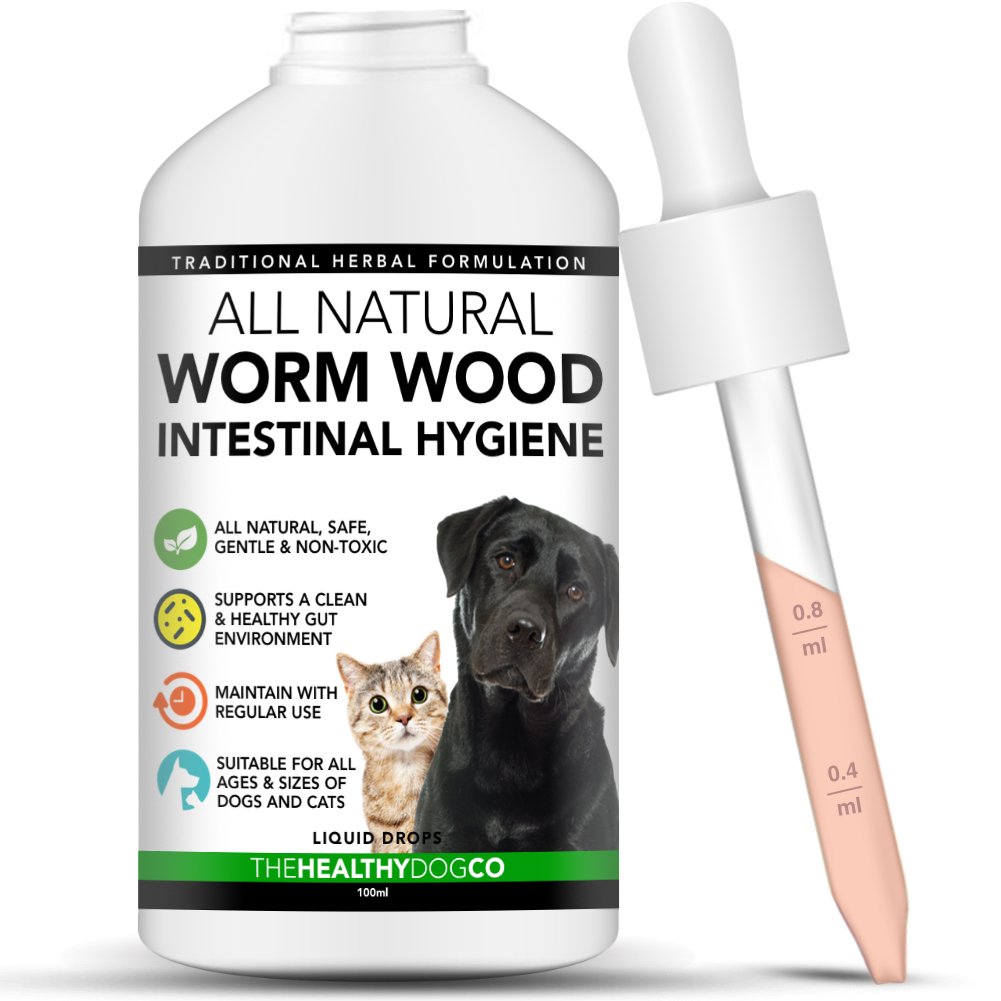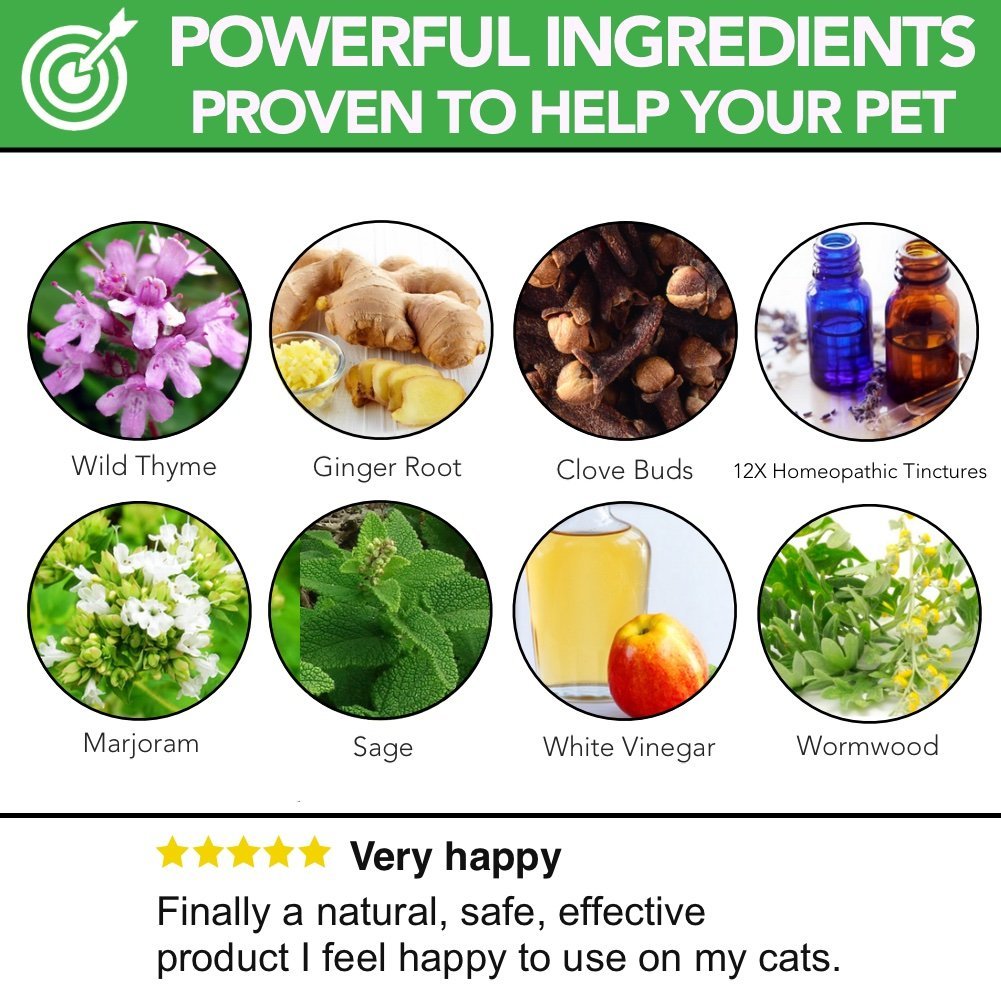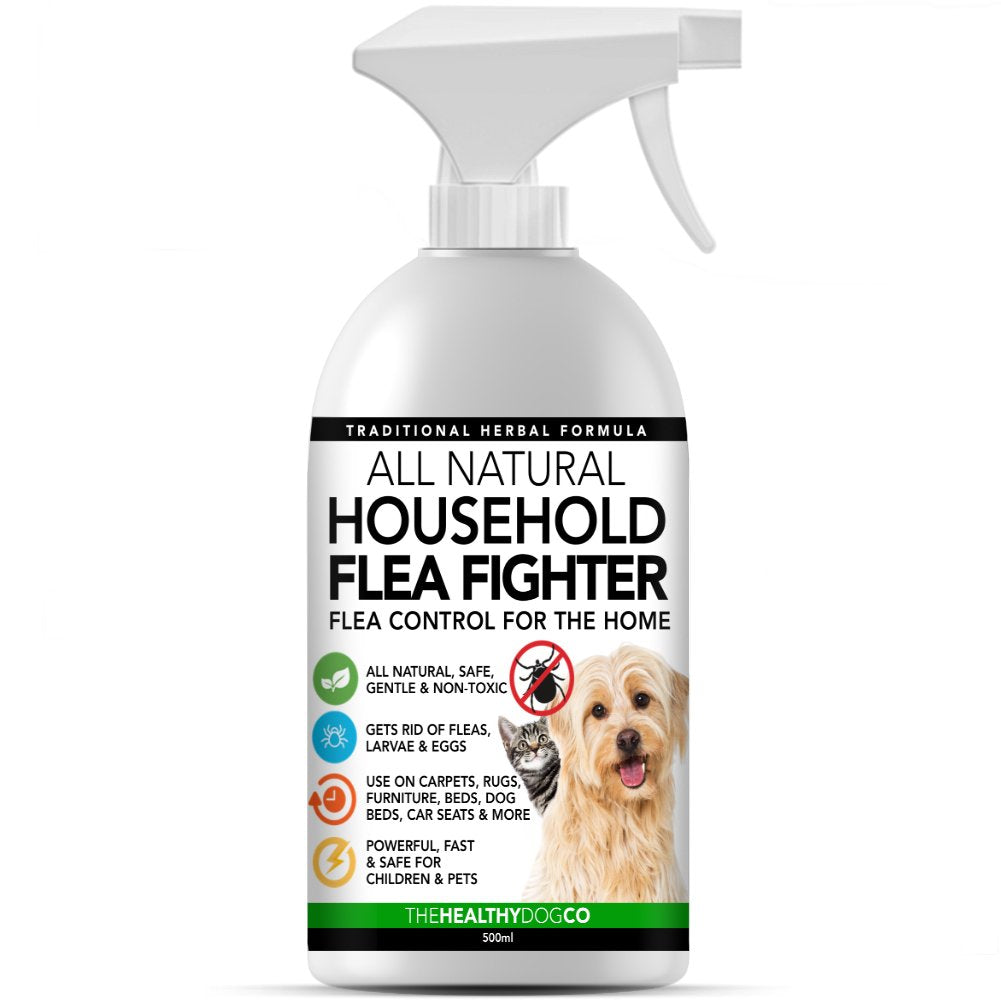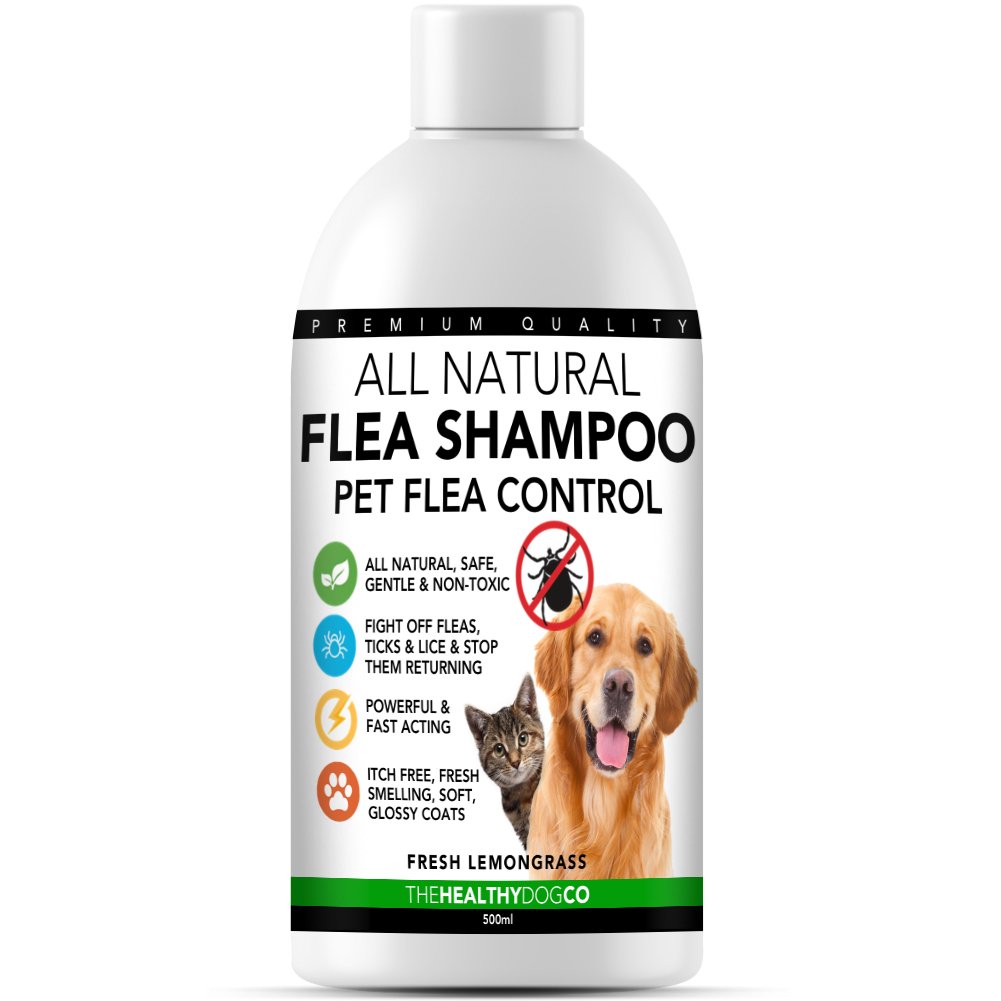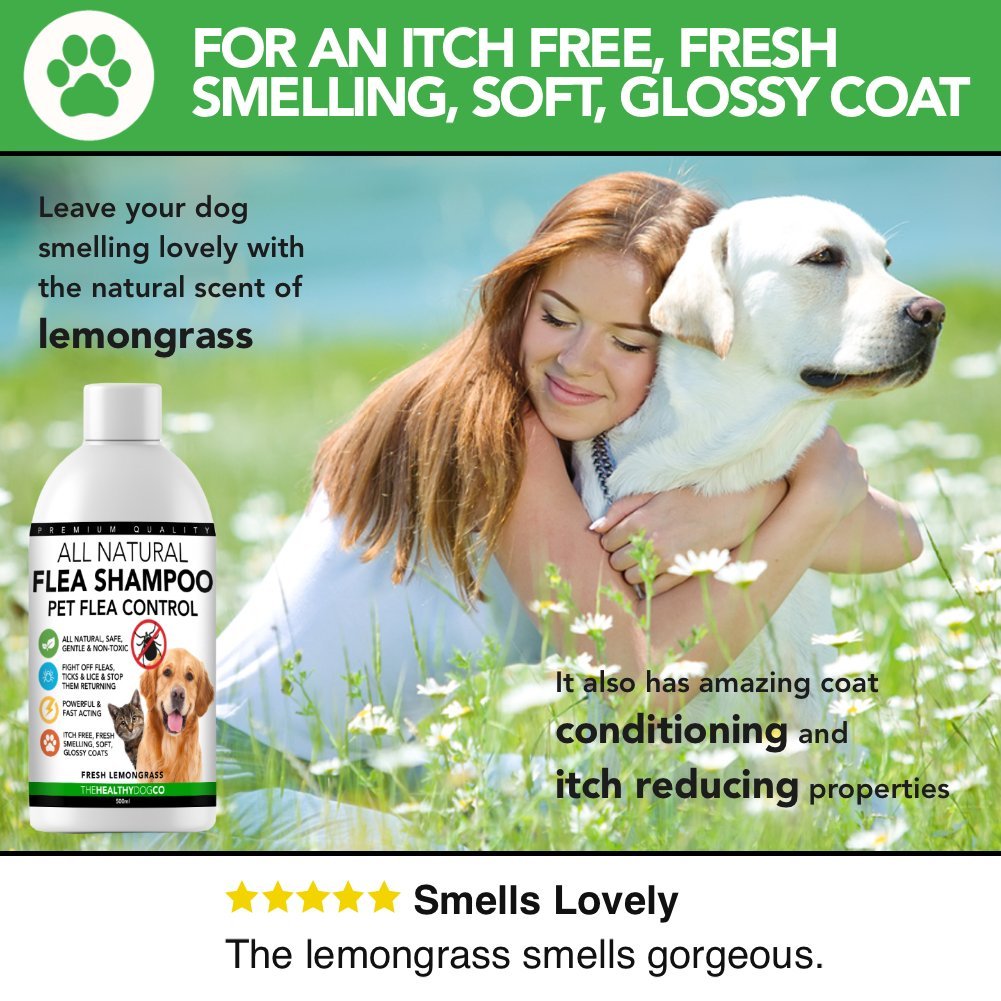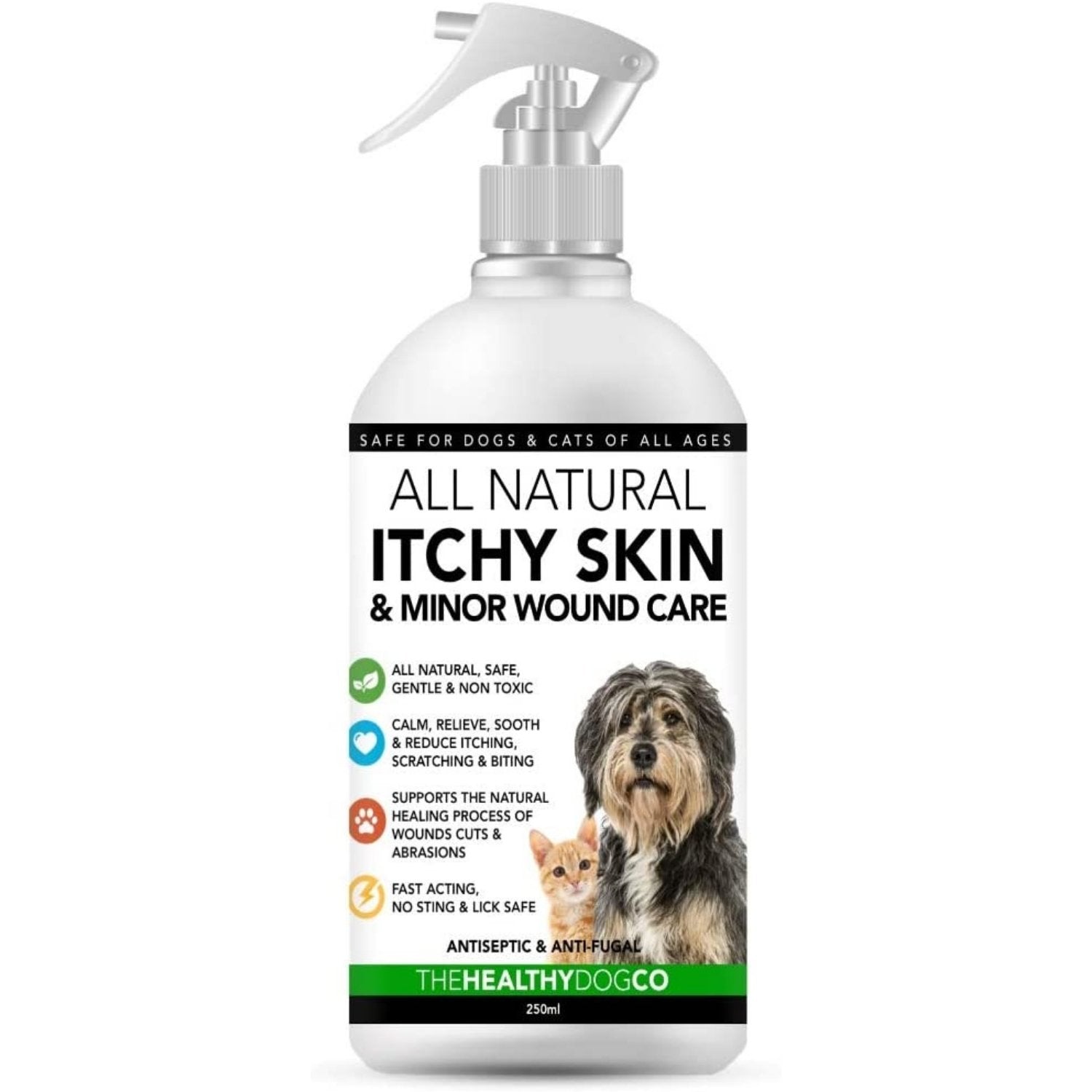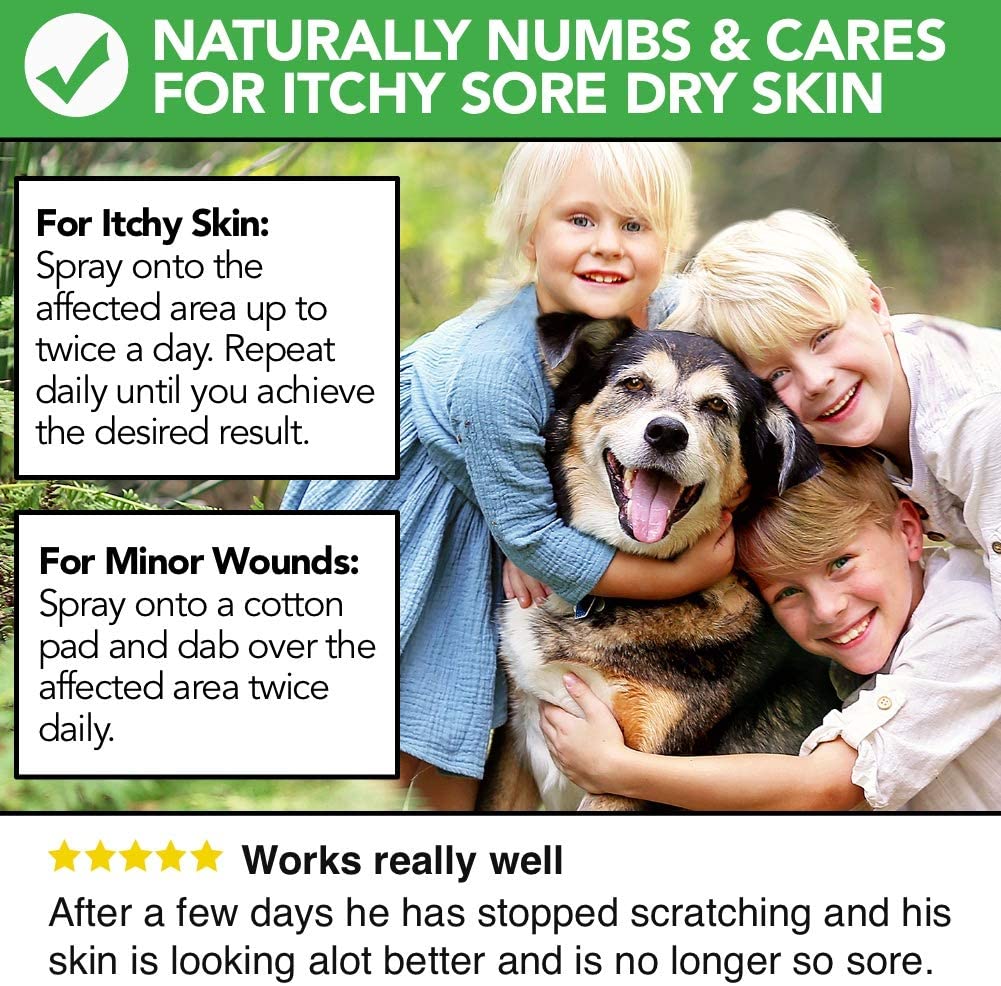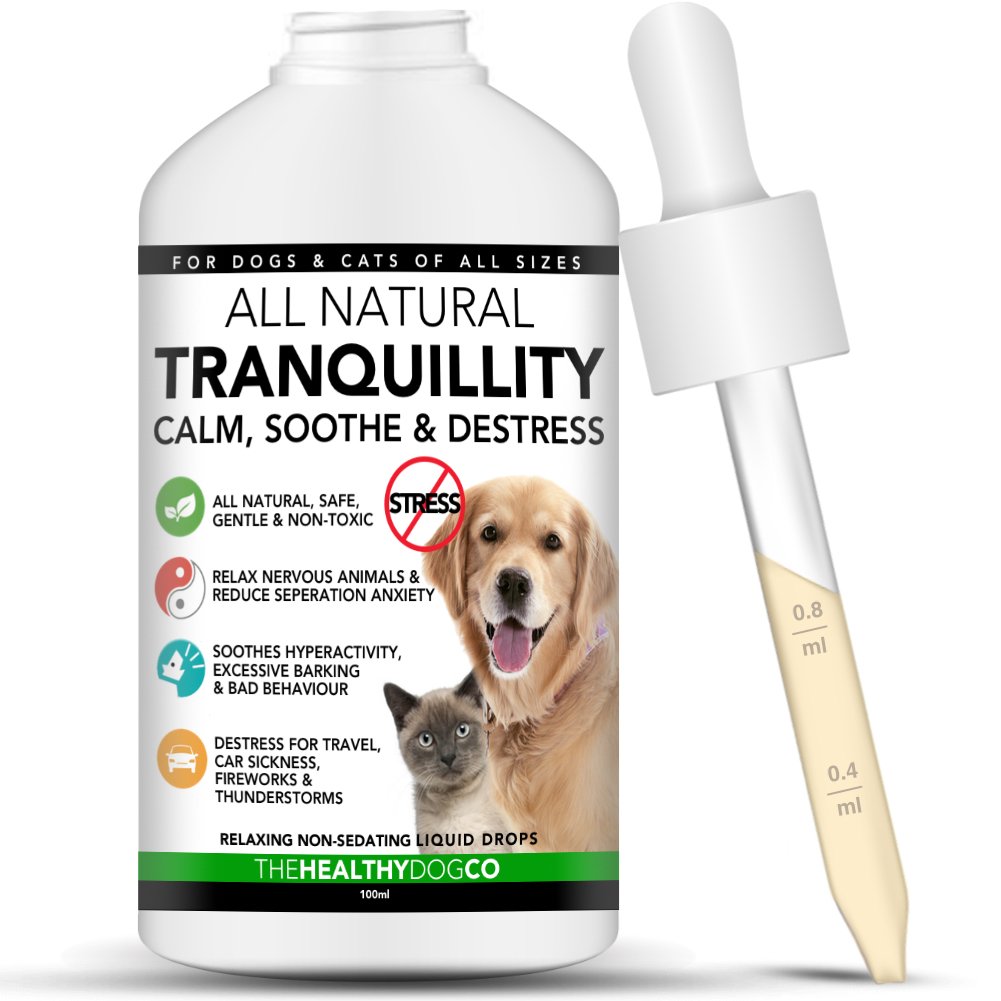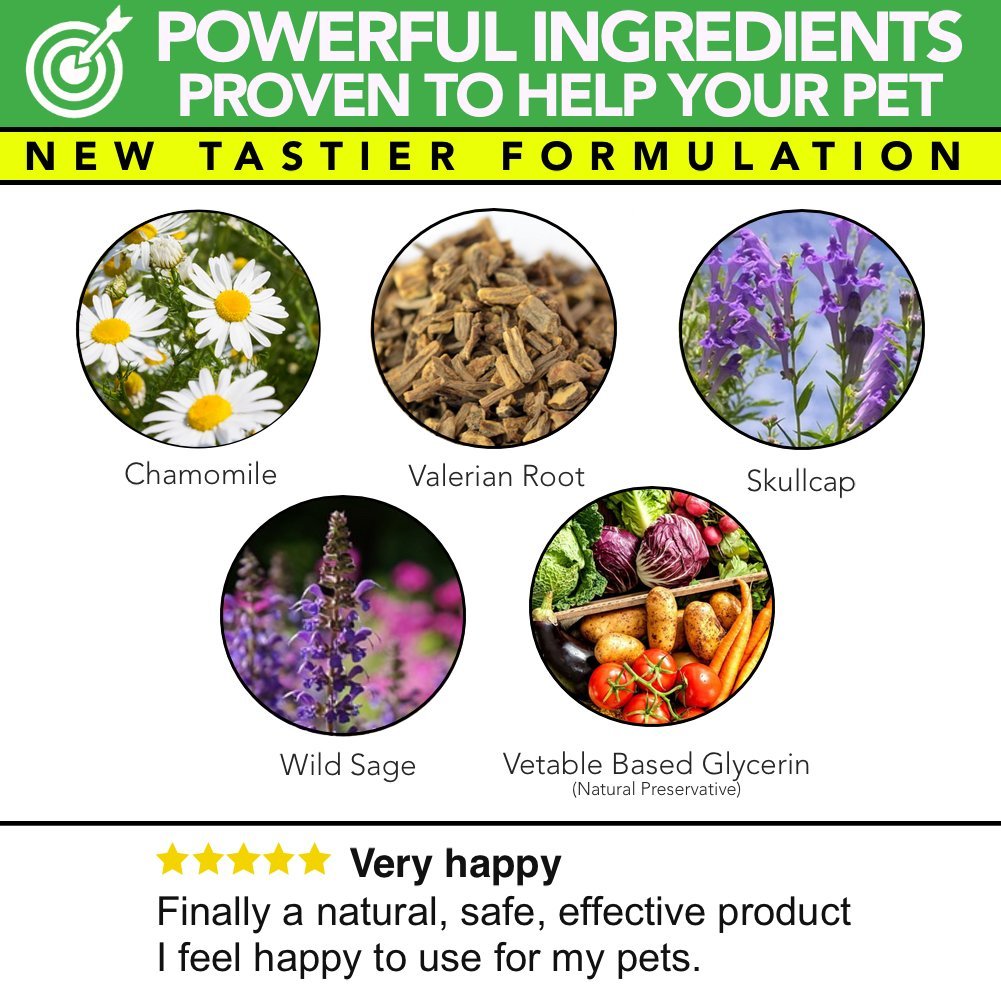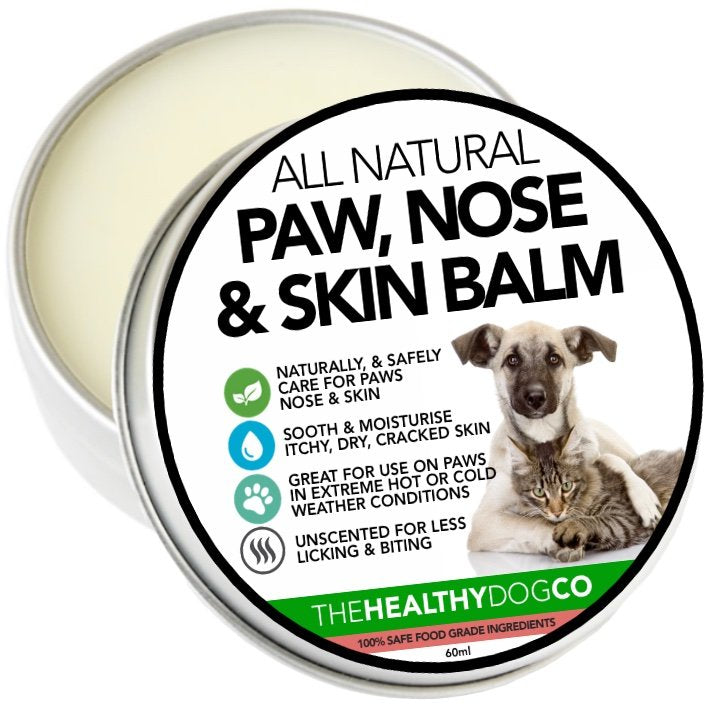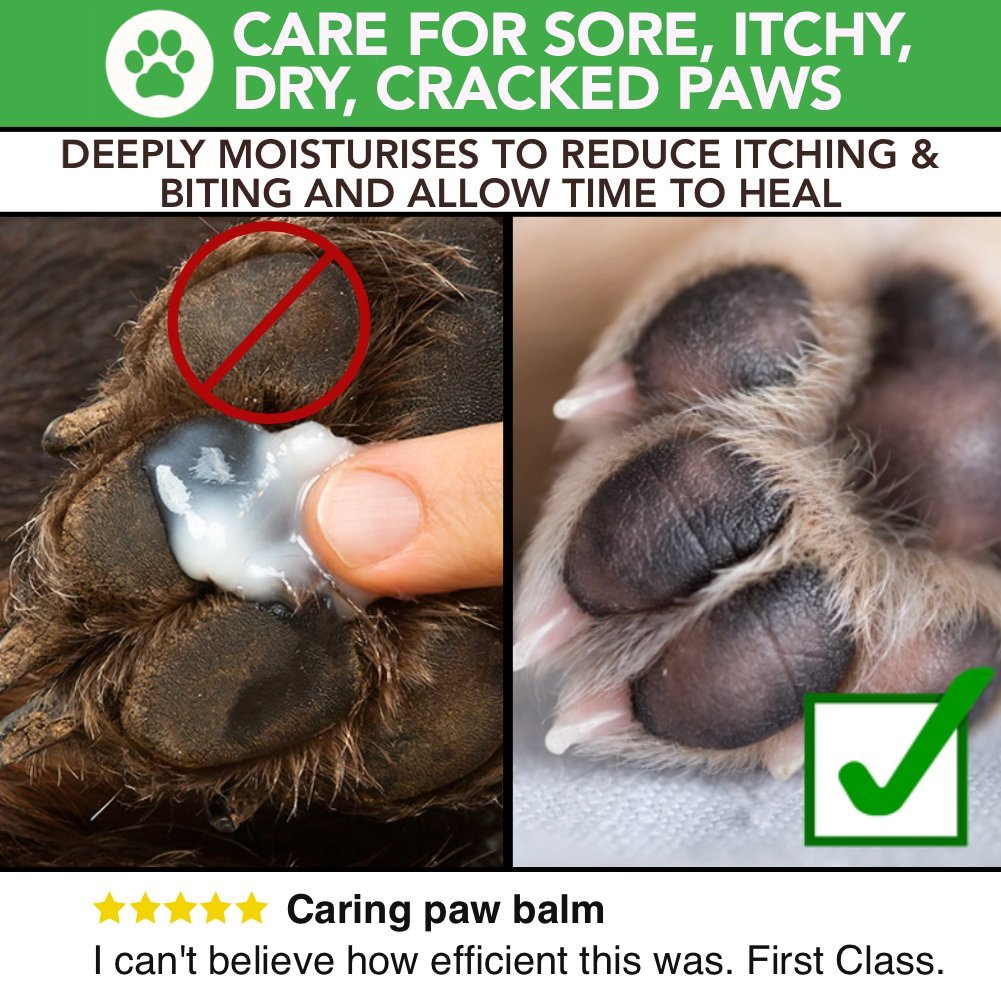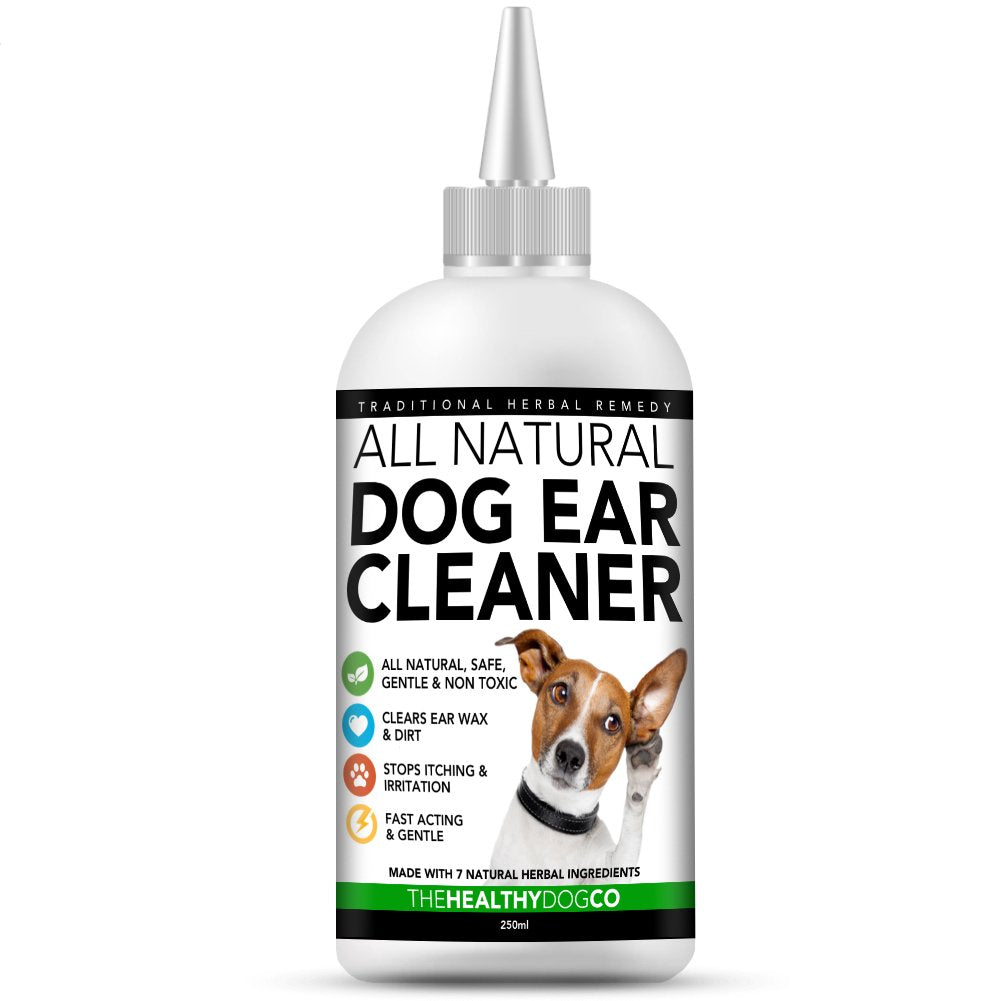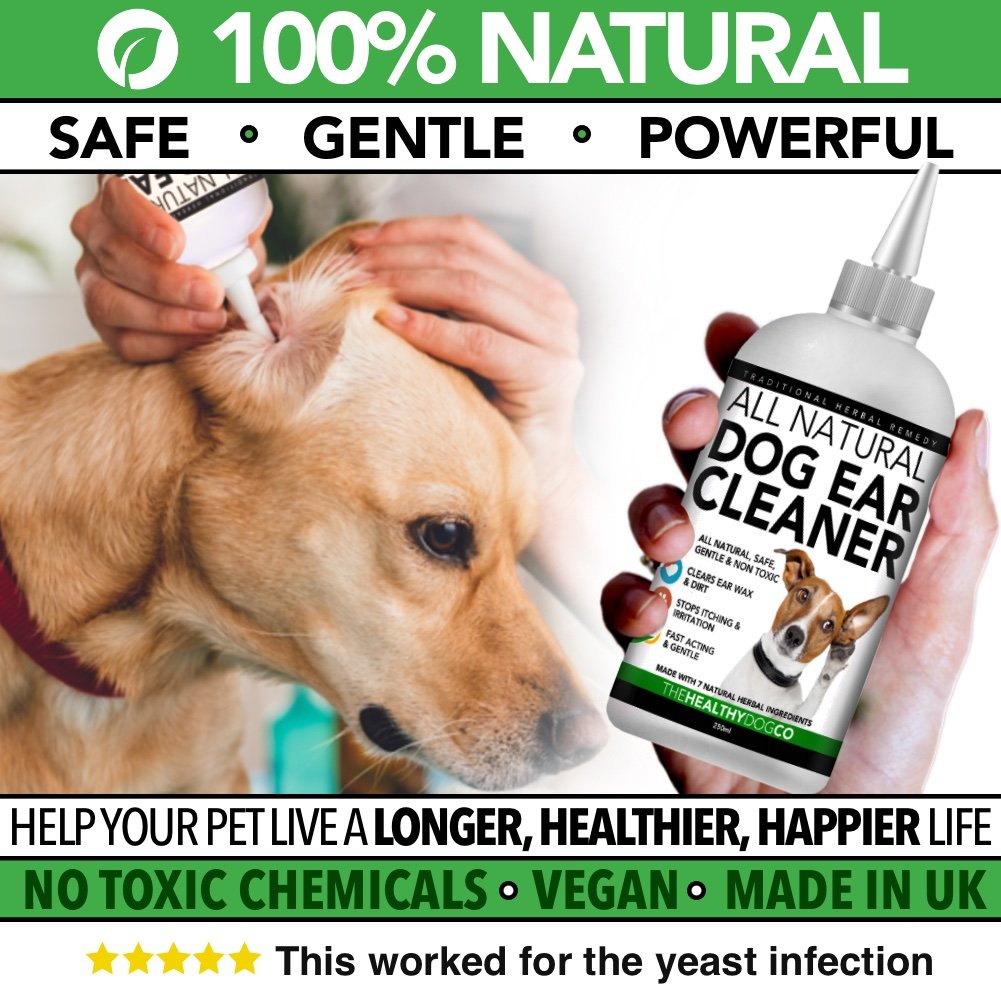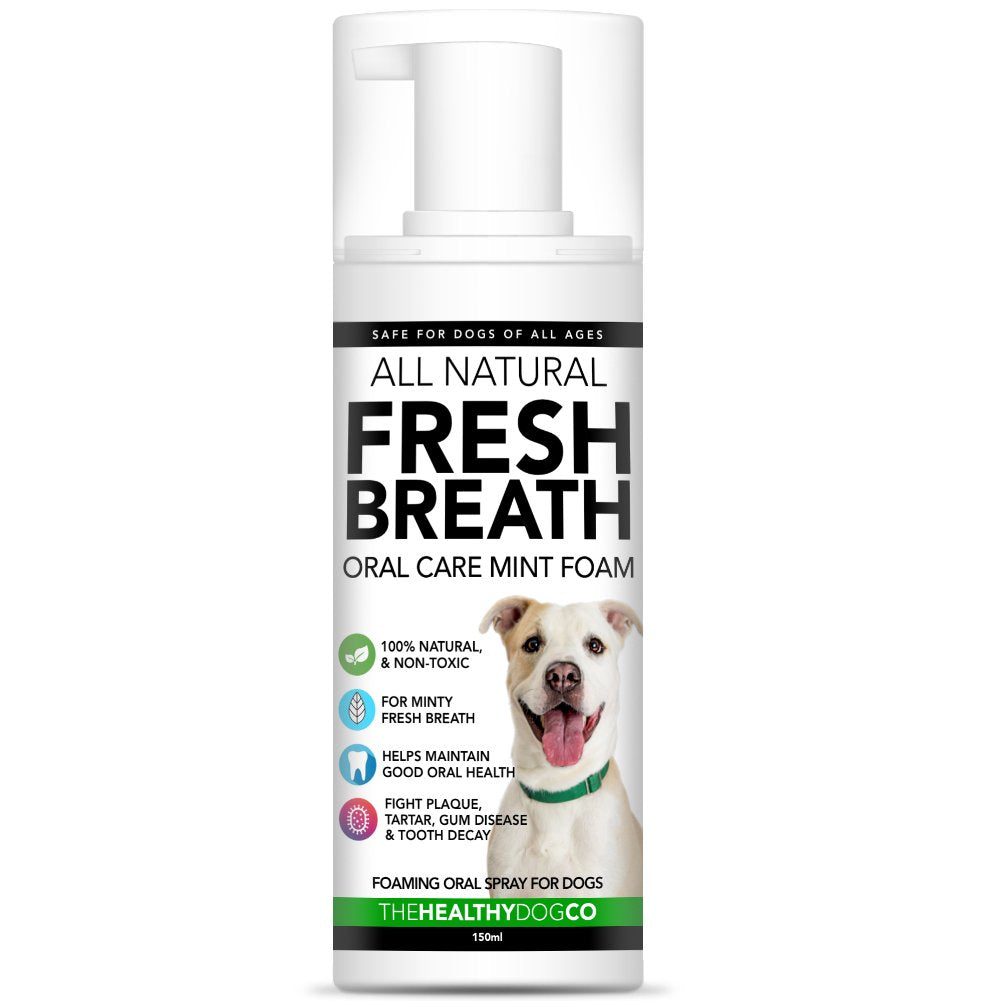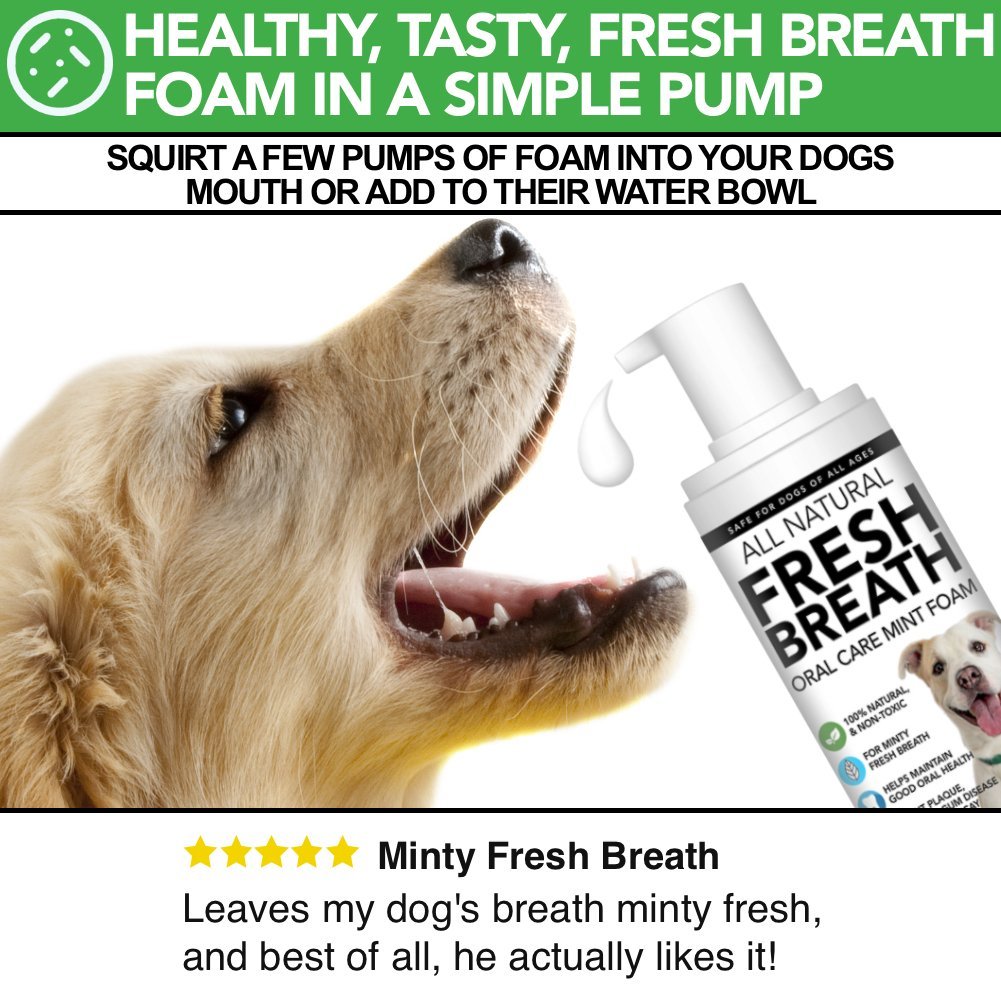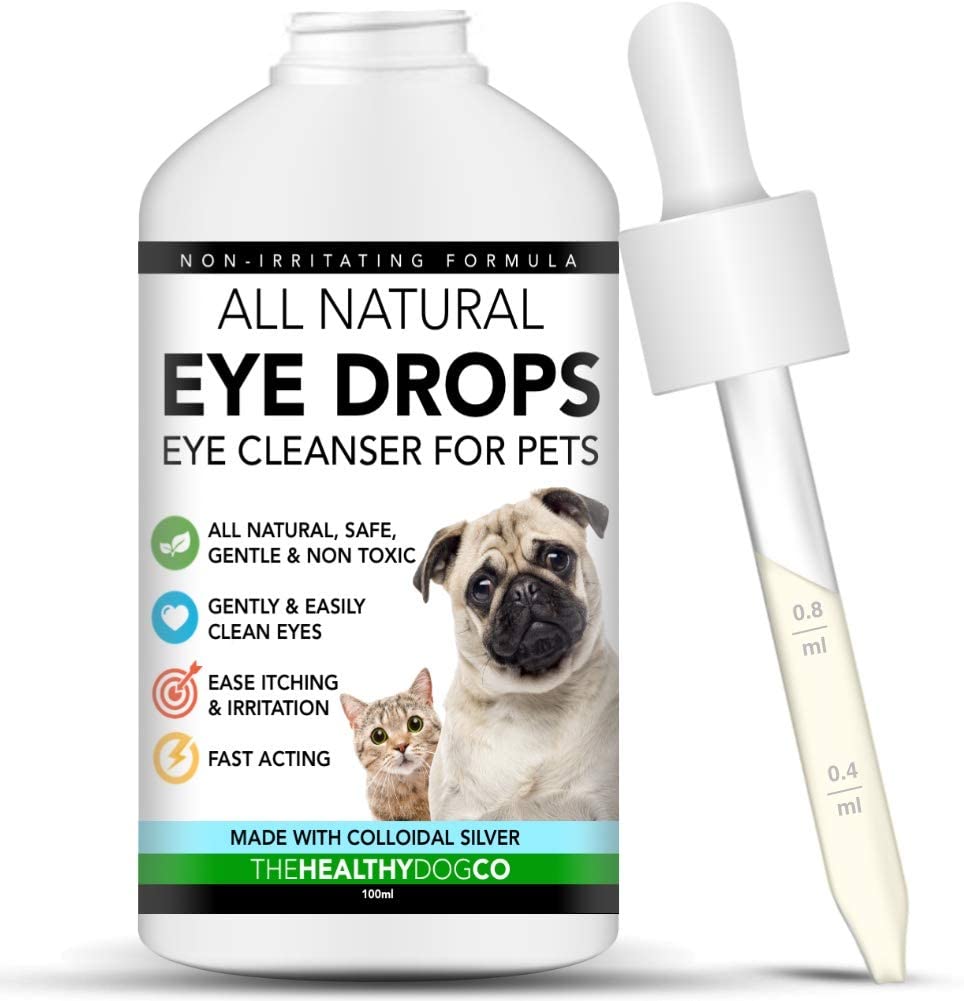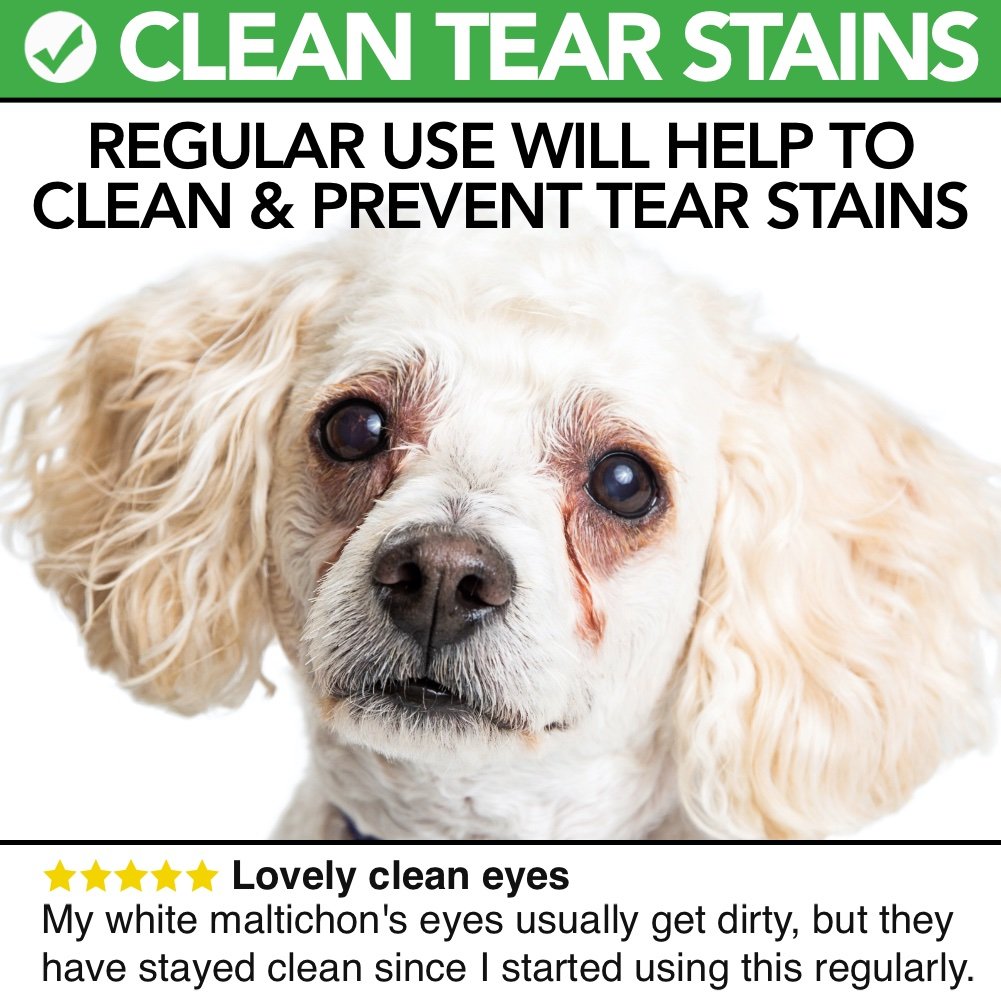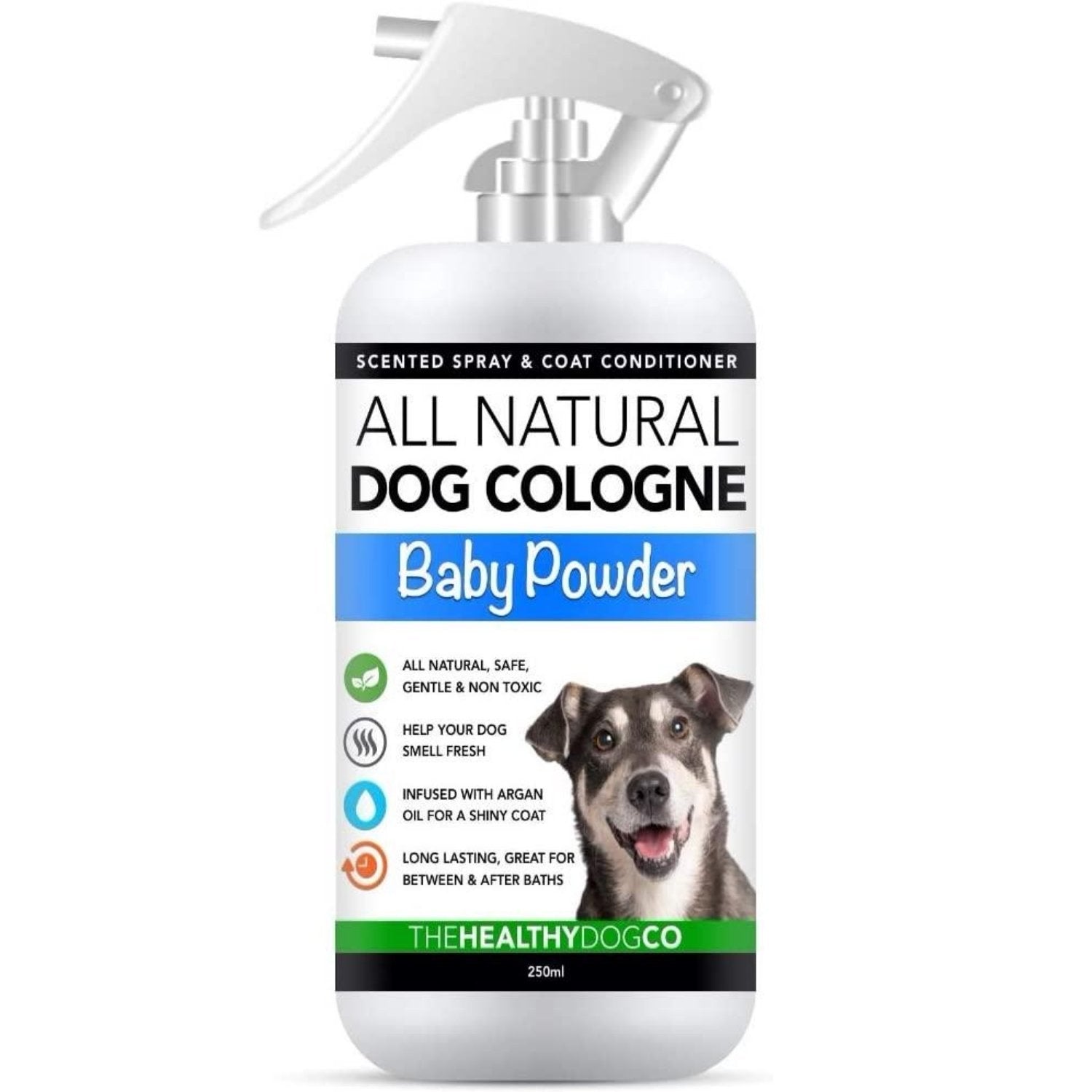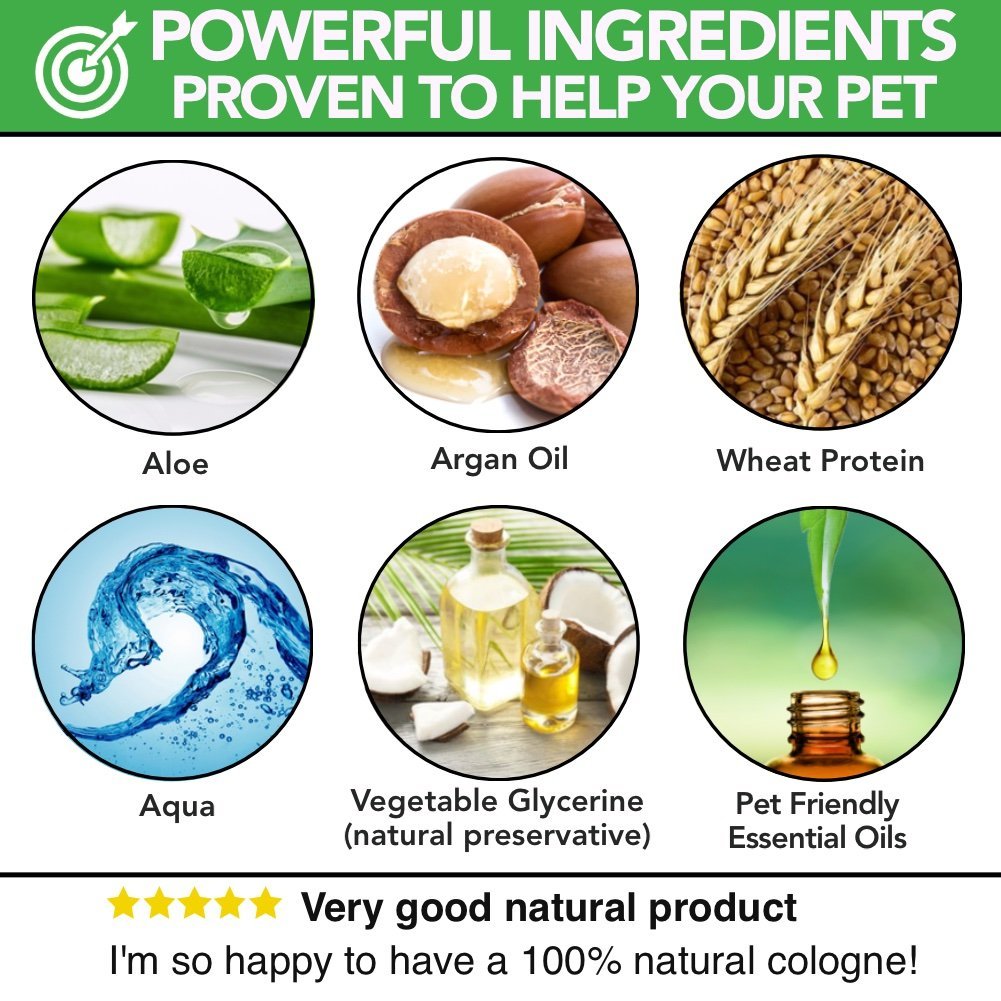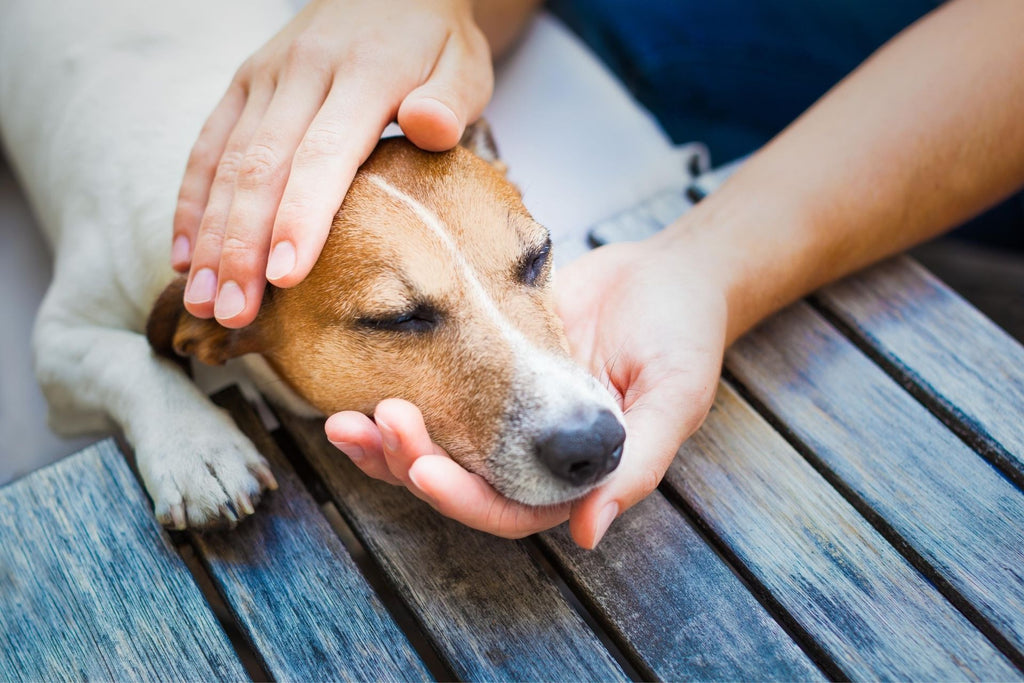
Pet Poisoning Intervention: Safe Ways to Make a Dog Throw Up

It would be safe to say that all conscientious dog owners worry about the possibility of accidental poisoning. After all, dogs have a habit of putting all sorts of nasty things into their mouths. If you are dealing with some particularly ruthless enemies, your dog might even be poisoned deliberately. No matter the circumstances, though, you will need to have some idea of how to respond to this situation. Quick action is necessary, and so you will not have time to learn it on the fly. That's why you should keep reading and learn some safe ways to induce vomiting and (hopefully) deal with the problem.
Note: Please contact a veterinarian if you think your dog has been poisoned or if you think it needs to throw up. They can offer you professional advice if the situation occurs.
About The Hydrogen Peroxide Method
Hydrogen peroxide is one of the most commonly used chemicals in the world. It makes a nice, gentle disinfectant, and this is its primary use. It's also used to make torpedo fuel, but that's not important to us. As you might guess, this stuff is toxic to ingest, but it isn't lethal except in very large amounts. A small amount, when used in small amounts, is an effective and safe way to induce vomiting in both humans and pets.
When we look for methods to induce vomiting in a dog, all of the authoritative sources say the same thing: Use hydrogen peroxide. There are surely other methods, such as the ingestion of ipecac syrup, but most of those other methods involve some degree of danger. Ipecac, while very useful for the inducement of vomiting in humans, is highly toxic to dogs. For this reason, no veterinarian is going to recommend alternative treatments.
When you get your peroxide, you need to make sure that it is the 3% variety. This shouldn't be too hard, as most commercially available hydrogen peroxide comes in this form. However, there are stronger varieties, and these are not safe for your dog. For instance, hair bleaching kits will usually contain 15% hydrogen peroxide. You should never use this kind, as it is simply too strong and will kill your pet.
Are There Any Other Methods?
In the past, people would often use salt to make dogs vomit. Most people say that half a teaspoon of regular table salt will make a dog throw up, but that doesn't mean it's a good remedy. High sodium levels can actually be toxic to dogs, and this phenomenon is called sodium toxicosis. Thus, giving your dog a bunch of salt is probably a bad idea. Besides, even those who advocate for this method will admit that it doesn't always work. Most veterinarians seem to advise against this practice, and so do we.
How To Use The Peroxide Method:
Before you do anything else, you should at least try to call your vet. They will be able to advise you on this matter and let you know if vomiting is the right thing for the type of toxin ingested. Not all toxins can be removed in this way, so be prepared to tell them exactly what the dog ate. If you don't know, you will have to describe the symptoms and your vet can go from there.
We are going to tell you something that might sound insane: Before you attempt to induce vomiting on your dog, you should try to feed them first. This seems ridiculous since they are going to puke that food right back up, but there is a method behind the madness. You want your dog to regurgitate literally everything that is in their stomach. If their stomach is empty, the body will just respond with "dry heaves."
Basically, you are mixing the toxin with some kind of food when you do this. The idea is to have something which can absorb most of the poison before being expelled. There are other methods of poison control that rely on this principle, as we will see later. One little thing, though: Don't wait too long for your dog to eat. The longer you wait, the further that poison will travel. Quick action is needed, so move along to the next step if your dog refuses to eat.
The next step is to get your hydrogen peroxide, a turkey baster (about 12ml in size), and some water. You might also need to employ the bathroom scale if you don't know your dog's exact weight. As with many other medicines, the dosage will be determined by weight. For every one pound of dog, you need about 1 milliliter of peroxide. Thus, a 25-pound dog would need 25 ml, and so on. That being said, you must NEVER go higher than 45 millilitres. If you want another way to measure it, use this handy guide:
- Small dogs: 5 ml (one teaspoon)
- Medium dogs: 15 ml (one tablespoon)
- Large dogs: 45 ml (3 tablespoons)
So, once you have figured out your dosage, it's time to draw that amount of peroxide into your turkey baster. Put the tip of the syringe into your dog's mouth, right into the pouch of the cheek. There is no need to make the dog open their mouth when you do it like this. You want to keep their head elevated slightly so that the peroxide doesn't just run out of the side of their mouth. Squirt the whole thing into the dog's mouth and wait, but you won't have to wait long.
First, the dog will start foaming at the mouth. Don't worry, your dog isn't rabid, that's just what peroxide always does. What you are seeing is an oxidation reaction, but that's not important for our purposes. After the foaming, your dog will start puking violently. This part is always hard to watch, but it is necessary. As they say, "better out than in."
When the vomiting has subsided, rinse your dog's mouth out with water and give them a drink. There is no need to bother offering them food or a treat because they probably won't eat right away. Do you usually get hungry after puking? Chances are, your dog won't, either. Once you've finished the rinse, it is definitely time to collect a sample and call your veterinarian. If your dog has a problem that is bad enough to warrant this, it is probably bad enough to warrant a vet visit.
Using Charcoal To Help Things Along
In most cases, a veterinarian will treat a poisoning case with activated charcoal. As you probably know, charcoal is just partially burned wood, and it has many uses. Most of those uses involve purification and utilise the ability of charcoal to soak up toxins. When charcoal is ingested, it sits in the stomach for a short while and soaks up all the toxins it can find. Then, when that charcoal is excreted, it carries the toxins out as well.
Activated charcoal is more porous than normal charcoal, but normal charcoal will still work. If you cannot get to the vet for whatever reason, it is relatively easy to make some DIY charcoal. Just make sure that you use nothing but natural wood to make this stuff: Charcoal made from plywood can be toxic because of the glues that hold plywood together. You want to use soft wood like willow or pine, as those charcoals will be very porous, and are almost as effective as activated charcoal.
Should You Always Induce Vomiting?

Inducing vomiting is not always the appropriate step to take, and that's why you should always call your vet before doing so. In some cases, inducing vomit can make the situation worse. Here are some examples of when not to induce vomiting:
- If the dog has already vomited recently, do not induce vomiting.
- If a dog has lost consciousness, do not induce vomiting. They can end up choking on their own puke.
- If your dog is having trouble standing, do not induce vomiting.
- If your dog has swallowed a caustic substance like bleach, acids, or petroleum products, do not induce vomiting. It will cause burns as it comes back up again.
- If it has been more than two hours since your dog ingested the toxin, do not induce vomiting. It will not do any good.
Conclusion
In conclusion to all this, we should say that prevention is the best medicine. You should make sure to keep all toxic substances away from your dog so that you won't have to deal with this unpleasant situation again. You can put them on high shelves where they are out of reach, or you can keep them in locked/latched cabinets. Basically, you have to dog-proof your home.
We should also mention that our advice is not meant to replace the advice of your veterinarian. If you don't trust their judgment, then you should definitely find a new one. We are simply trying to arm you with knowledge so that you can make better decisions if you find yourself in a situation like this one.
Featured Products
About The Healthy Dog Co
The Healthy Dog Co’s mission is to create products that dog and cat owners can trust with the health of their pets by only producing products with healthy, safe, all natural ingredients.
At The Healthy Dog Co, it’s all about giving your pet a healthy and happy life with All Natural Health, Happiness and Care Products.
Because Your Pet Deserves Better!
Shop our range of All Natural Healthcare Products for your Dog or Cat today!

